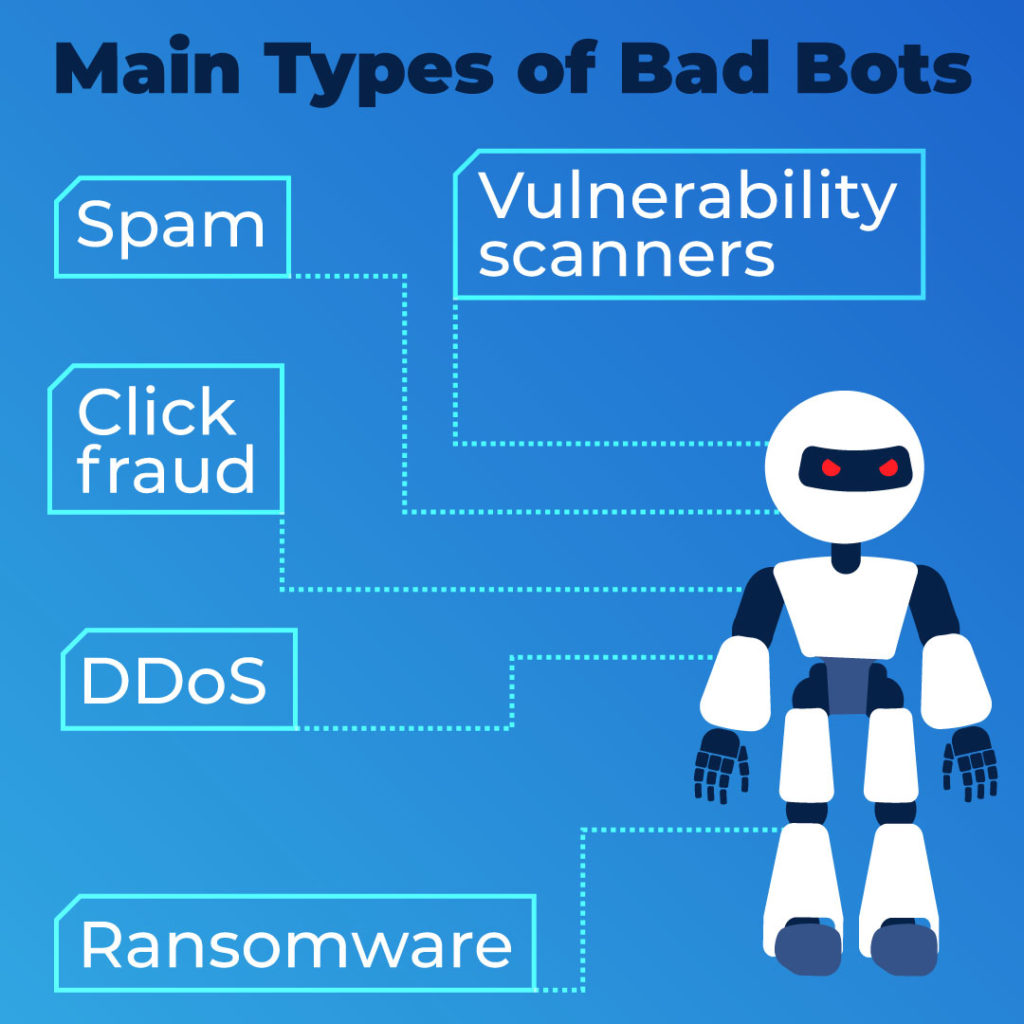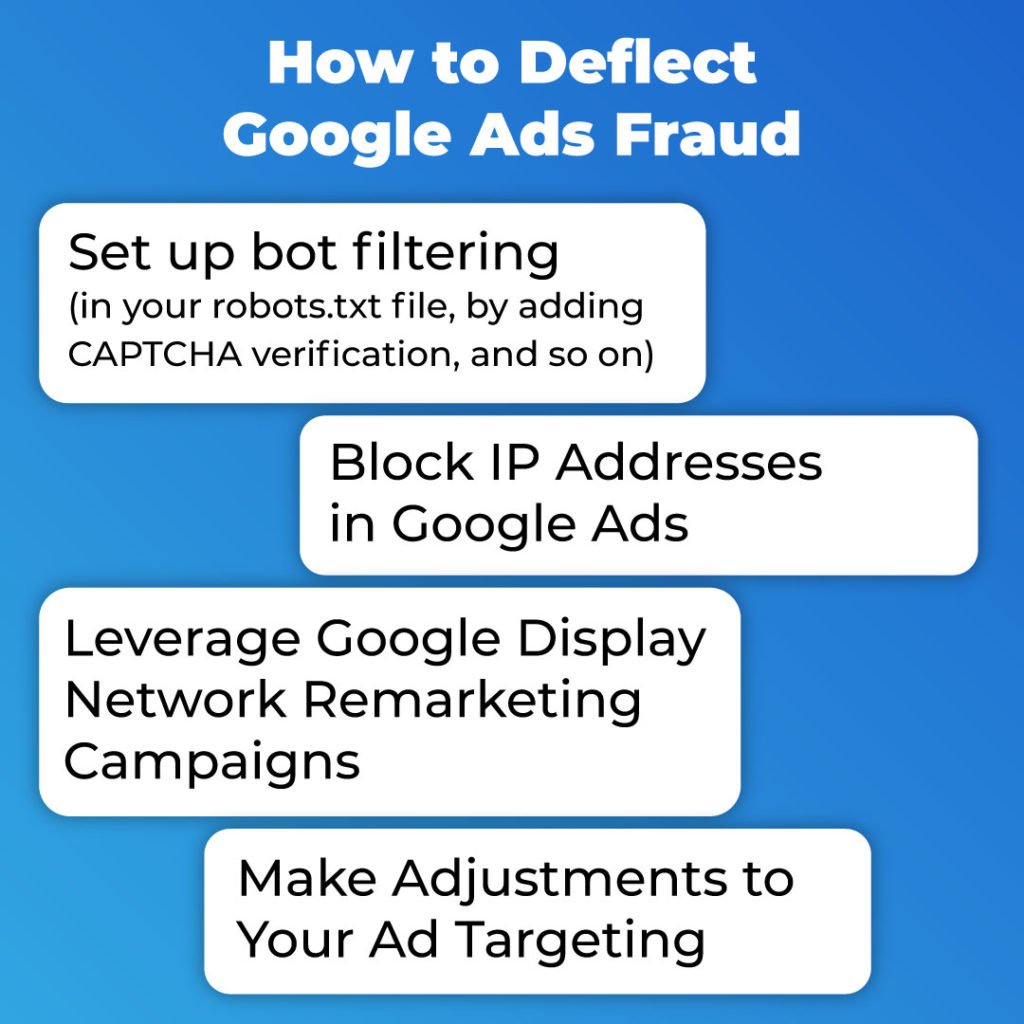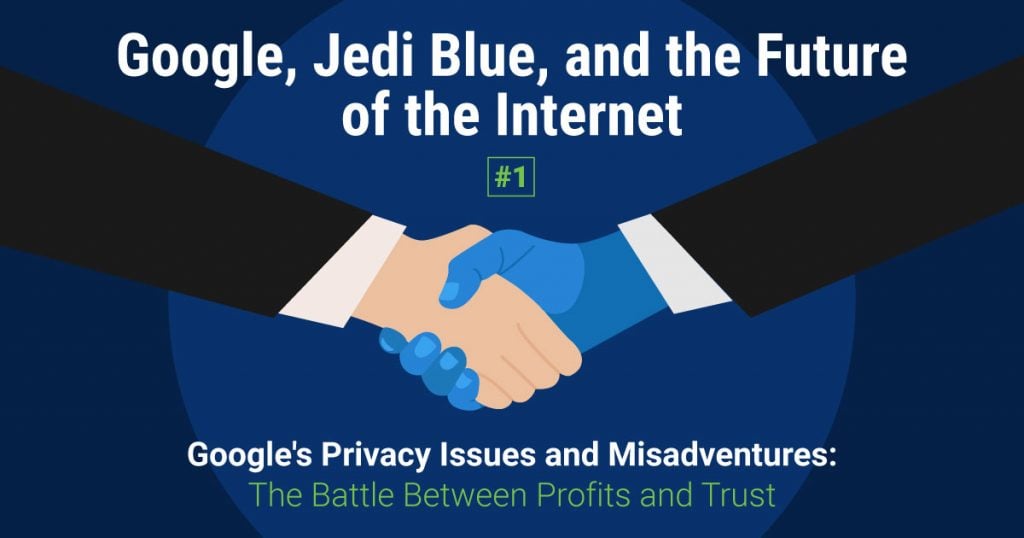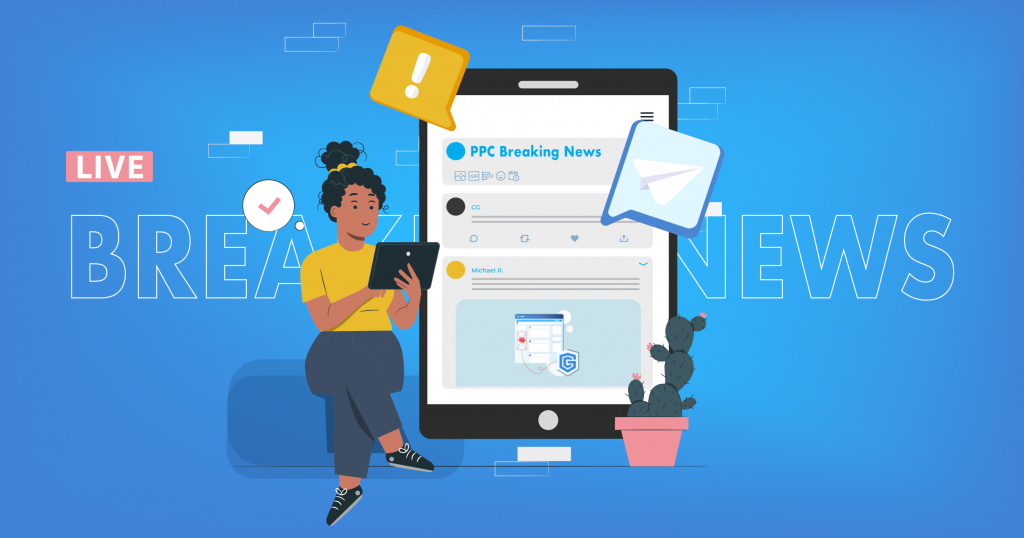The internet has been around for decades, and it gets a lot of activity every day. People socialize, search for information, and buy products and services. With advances in artificial intelligence and automated digital tools, there’s also a large amount of bot activity on the internet too.
There are good bots and bad bots, and they come in lots of forms with varying degrees of complexity. What connects them all is that each of them has a specific job to do. To help you get a better understanding of bot activity, we’re breaking things down so you understand what those invisible bots are actually up to.
Let’s take a look at what bot activity is, how bot activity in the form of click fraud can affect your PPC campaigns, and what you can do to stop it.
What Is Bot Activity?
You’ve probably heard the term, but what is bot activity? Bot activity refers to any type of traffic on the internet that isn’t generated by human beings. Bot traffic starts with an automated script or computer program.
The purpose of click bots is to perform simple, repetitive tasks quickly — much like humans can, only click bots can do it much faster. What kinds of things can bots do? They can click on links, download images, and even run complex tasks like filling in forms. Here’s the other nifty thing about bots, they can operate on a large scale and never take a breather.
The term bot traffic generally gets a bad rap. There’s a lot of bad bots on the internet doing bad deeds, but the reality is bots are also used for benevolent purposes. Let’s take a closer look at what good and bad bots do.
Types of Good Bots
- SEO-Crawler bots scan the internet, indexing and cataloging web pages as they go. Google and other search providers use good bots to find websites and decide which ones to display when someone puts specific keywords in the search box.
- Website monitoring-Some bots monitor websites and evaluate them on how quickly they load and how often they’re offline.
- Aggregation-These bots grab information from web pages and gather them into one place.
- Scraping-This type of bad bot scrapes or lifts information from websites. Marketers sometimes use good bots to scrape phone numbers and email addresses from websites. Fraudsters also use bad bots to scrape information from websites illegally.
Types of Bad Bots

- Spam-These bots send out unsolicited bulk emails or texts to large numbers of people and they often contain phishing links from fraudsters.
- DDoS-These bots flood the target victim or its infrastructure with large amounts of traffic with the goal of shutting down a website.
- Click fraud-Bots click on your ads automatically and repeatedly to drive your ad budget up.
- Vulnerability scanners-These bad bots get sent out into the internet to scan numerous sites looking for vulnerabilities. The reports tell fraudsters which sites are the easiest to attack.
- Ransomware-Criminals use bad bots to attack computer systems and encrypt devices. Often, they ask for a ransom to unencrypt the system and get it back into running order.
What Is Bot Activity in PPC?
In a business, the marketing department can be extremely affected by bot activity. Marketers put a lot of time, effort, and money into marketing campaigns to attract prospects and convert them into customers. Advertising bots are a great way to find your company’s target audience and keep them engaged.
Experienced marketers know that they need to be on the alert for AdWords click fraud which can destroy your ad budget in a heartbeat. Marketers lose billions every year because of click fraud. The last thing they need is to find that one or more of their PPC ad campaigns was attacked and it drained the budget of the entire campaign.
In case you’re wondering what the motive is behind click fraud, you can usually point to one of two reasons:
- Competitors are trying to sabotage similar companies by driving up advertising costs.
- Ad publishers click on their own ads to generate more revenue for themselves.
In addition to eating up your ad budget, invalid clicks can downgrade your ad’s performance, negatively impact conversion rates, and create havoc with your analytics. Marketers need to be proactive in click fraud detection efforts. If it gets out of control and you feel stuck, a click fraud prevention specialist can help track and block invalid clicks.
How to Stop Bot Activity
One of the greatest challenges that marketers have to navigate is how to leverage the useful benefits of good bots while filtering out bad click bots. It’s not something you need to get all worked up about. The right click fraud prevention solutions will guide you through the maze of potential Google Ads click fraud options.
For starters, Google recognizes the problem of click fraud and they’ve taken some steps to fight it on your behalf. Most marketers would tell you that’s not enough on its own to protect your ad campaigns. The good news is that It’s entirely possible to keep bad bots at bay, and there are some good steps you can take on your end. It’s best to put some form of bot filtering in place such as robots.txt file, CAPTCHA verification, or firewall protection.
Let’s look at 3 more tips for deflecting Google Ads fraud:

- Block IP addresses in Google Ads-If you’re diligent about making sure your Google Ads data is clean (and you’re paying for real clicks), IP exclusions are an absolute must. ClickGUARD can help you block those automatically, for example, so you can save time and important financial resources.
- Leverage Google Display Network remarketing campaigns-Publisher-based click fraud plagues many marketers. If you’re one of them, you might consider using Google Display Network’s remarketing program. This works because your ads will only be displayed to visitors who have visited the advertiser’s website and expressed interest in the ads. It will bring a smile to your face knowing you can ghost your ads from other publishers.
- Make adjustments to your ad targeting. Consider where fraudulent clicks are coming from. It’s common for click farms in poor countries with low labor rates to generate large numbers of fraudulent clicks on your ads. The best way to fight against this is to exclude these locations and the languages that are spoken in those countries. If one of your competitors is the culprit, you can exclude their zip code, city, or other parameters to prevent them from sabotaging your campaigns. Bear in mind there’s a bit of a risk in this strategy. When you set up limitations for bad traffic, you may also be limiting good traffic from coming in. As a rule of thumb, it’s best to limit these types of exclusions only when you’re dealing with major amounts of fraudulent clicks.
Does Click Fraud Protection Software Stop Bot Activity?
Massive numbers of bad bots are hard at work, crawling Google and other search engines scouting out ads to “attack”. Fraudsters literally unleash millions of bad bots every day, putting your ads at risk of being preyed upon. While automation is the offender, it’s also the solution.
For example, ClickGUARD is an automated tool that identifies click fraud in real-time, detecting suspicious IP addresses and blocking them from seeing your ads in the future. Our software program collects lots of data from every click on your PPC ads and helps you block fraudulent activity on your Google Ads campaigns.
In our conversations with advertisers, we know that one of their biggest concerns over using paid search ads is click fraud. It’s a valid thing to be concerned about, but as long as you’re aware of it, make it a practice to monitor for it, and take appropriate steps to mitigate it, it’ll have little or no impact on your ad campaigns.



